When it comes to pet emergencies, few situations are as alarming as witnessing your furry companion bleed. Whether it’s a minor scrape or a more severe injury, knowing how to properly apply a bandage for hemostatic can make all the difference. Unlike humans, pets don’t understand the concept of staying still, which adds another layer of complexity to the process. The key lies in remaining calm, acting swiftly, and understanding the fundamentals of pet first aid.
One of the most common misconceptions is that any cloth or adhesive bandage will suffice. However, pets have unique anatomical and behavioral traits that require specialized approaches. For instance, their fur can interfere with adhesion, and their natural instinct to lick or chew at wounds means ordinary bandages might not stay in place. This is where understanding the right materials and techniques becomes crucial. A well-applied bandage not only stops bleeding but also prevents infection and further injury.
The first step in managing bleeding is to assess the severity. Light bleeding from a small cut can often be handled at home, while heavy or pulsating bleeding demands immediate veterinary attention. Before applying pressure, ensure your hands are clean to avoid introducing bacteria into the wound. If possible, use sterile gauze or a clean cloth to gently press down on the affected area. Avoid using cotton balls, as their fibers can stick to the wound and complicate healing.
For limbs or tails, a properly wrapped bandage should be snug but not tight enough to cut off circulation. A good rule of thumb is to ensure you can slip a finger underneath the bandage. Start by layering sterile gauze over the wound, followed by a soft padding material like rolled cotton. Secure everything with a self-adhering wrap, which sticks to itself but not to fur. This type of wrap is less likely to slip or cause discomfort, making it ideal for restless pets.
Head or torso injuries present their own challenges. In these cases, adhesive bandages are often impractical due to fur and movement. Instead, consider using a lightweight, breathable fabric secured with medical tape. Be mindful of your pet’s breathing and comfort, adjusting as needed. If the wound is in a hard-to-reach area, such as the ear or paw pad, you may need to fashion a makeshift bandage using gauze and tape until professional help is available.
Even with the best techniques, bandages require regular monitoring. Pets are notorious for tampering with their dressings, so check frequently for signs of chewing or loosening. Any foul odor, excessive moisture, or swelling around the bandage site warrants immediate attention. Remember, a bandage is a temporary solution—always follow up with a veterinarian to ensure proper healing and to rule out underlying issues like fractures or infections.
Beyond the physical application, your demeanor plays a significant role. Pets pick up on their owner’s anxiety, which can exacerbate their stress. Speak in a soothing tone, offer treats, and reward calm behavior throughout the process. This not only makes the experience less traumatic but also builds trust for future first aid situations. Keeping a well-stocked pet first aid kit at home, complete with vet-approved bandaging supplies, ensures you’re prepared for emergencies.
In the end, mastering the art of pet bandaging is about blending knowledge with practicality. Every pet is different, and what works for one may not suit another. By staying informed and practicing these skills, you become your pet’s first line of defense in times of crisis. After all, their well-being is worth every moment spent learning how to care for them properly.

By /Jul 31, 2025

By /Jul 31, 2025

By /Jul 31, 2025

By /Jul 31, 2025

By /Jul 31, 2025
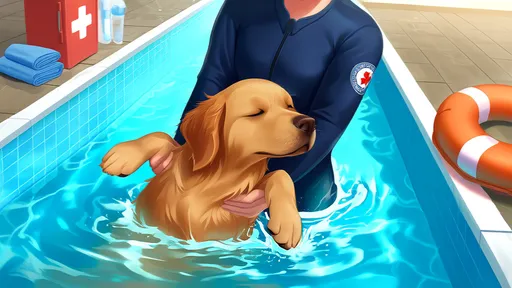
By /Jul 31, 2025
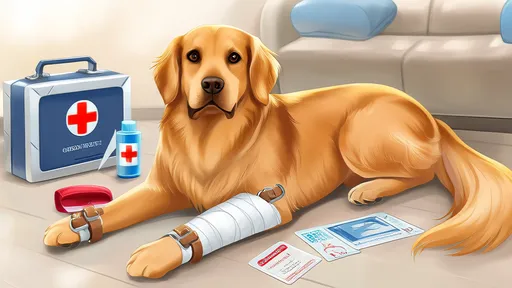
By /Jul 31, 2025

By /Jul 31, 2025
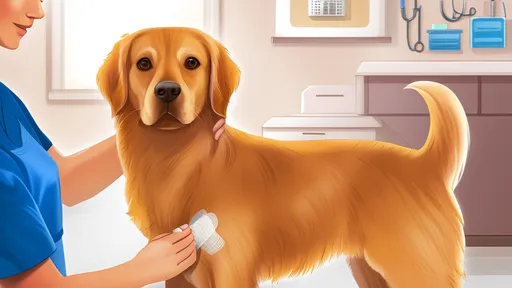
By /Jul 31, 2025
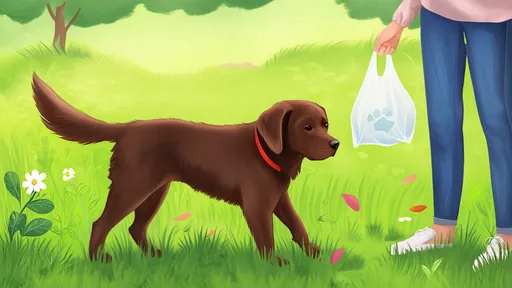
By /Jul 31, 2025
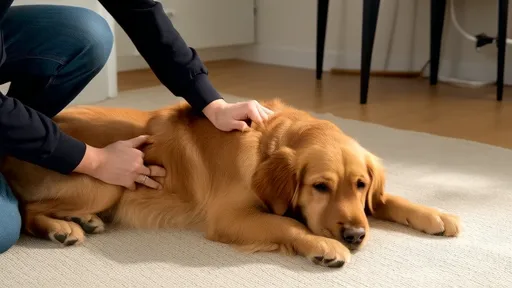
By /Jul 31, 2025

By /Jul 31, 2025

By /Jul 31, 2025

By /Jul 31, 2025

By /Jul 31, 2025

By /Jul 31, 2025

By /Jul 31, 2025

By /Jul 31, 2025

By /Jul 31, 2025

By /Jul 31, 2025